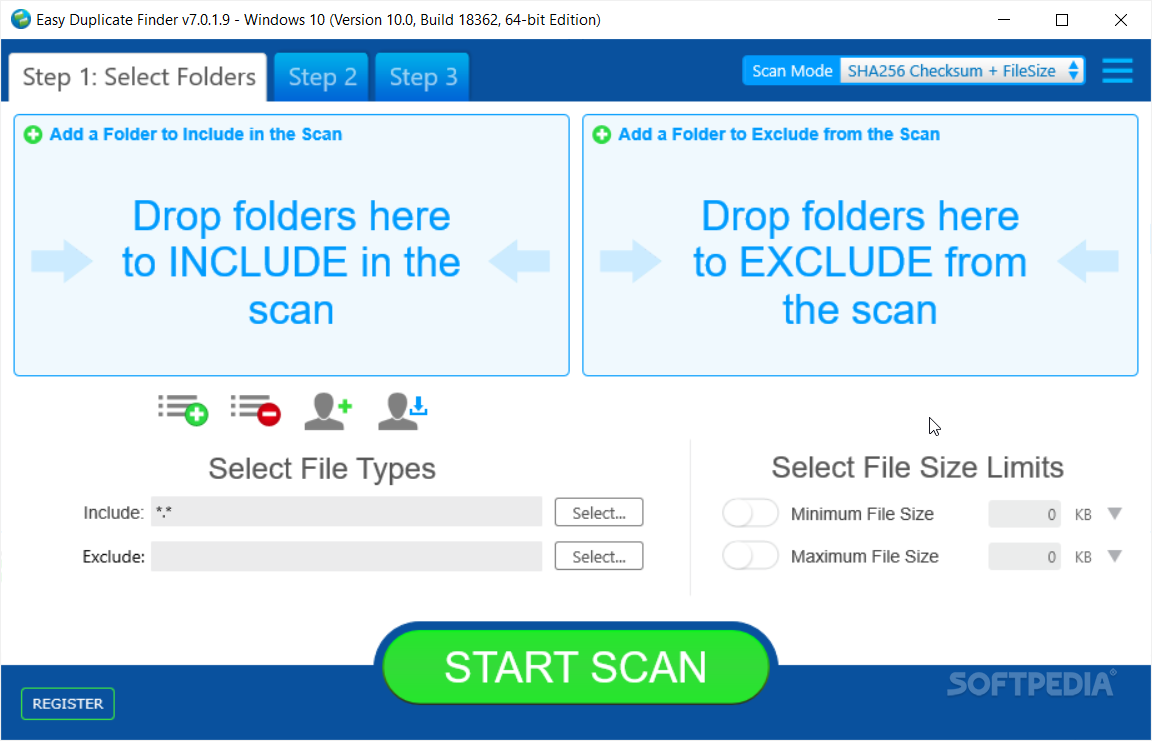

This terminology also applies to other directory like structures, such as hierarchical data structures. You should remember that the directory ". There are also relative paths that begin somewhere other than the root directory. You also hear people talk about the directory tree as if it were a family tree encompassing all direct descendants of a single figure called the root directory (" /"): thus subdirectories have parents, and a path shows the complete ancestry of a file. You can think of an absolute filename as a route from the base of the tree (" /") to the end of some branch (a file). The whole thing viewed collectively is called the directory tree. These subdirectories in turn branch into still more subdirectories, such as " /etc/init.d/" and " /usr/local/". The root directory has a number of branches, such as " /etc/" and " /usr/". However, people also refers to its basename " us.map.gz" alone as a filename. Take the following fully-qualified filename as an example: " /usr/share/keytables/us.map.gz". The first " /" is the top level directory, and the other " /"'s separate successive subdirectories, until we reach the last entry which is the name of the actual file. The three terms are synonymous.Īll fully-qualified filenames begin with the " /" directory, and there's a " /" between each directory or file in the filename.

The root directory is an exception its name is " /" (pronounced "slash" or "the root directory") and it cannot be renamed.Įach file or directory is designated by a fully-qualified filename, absolute filename, or path, giving the sequence of directories which must be passed through to reach it. Don't confuse this with the home directory for the root user: " /root".Įvery directory has a name which can contain any letters or symbols except " /". The root directory means root of the filesystem referred as simply " /". That is, " MYFILE" and " MyFile" are different files. This is a huge advantage compared to Windows.įilenames are case sensitive. There is one filesystem, and everything is included. Please also note that there is no concept for drive such as " A:" on any Unix system. Supported mount options for each filesystem are available in " /usr/share/doc/linux-doc-*/Documentation/filesystems/".ĭirectories on Unix systems are called folders on some other systems. On recent Linux kernels, mount(8) with some options can bind part of a file tree somewhere else or can mount filesystem as shared, private, slave, or unbindable. mount(8) serves to attach the filesystem found on some device to the big file tree. These files and directories can be spread out over several devices. It's called a tree because if you draw the filesystem, it looks like a tree but it is upside down. All files and directories are arranged in one big tree rooted at " /". In GNU/Linux and other Unix-like operating systems, files are organized into directories. You must learn to take advantage of the power of these features and similarities between Unix and GNU/Linux.ĭon't shy away from Unix oriented texts and don't rely solely on GNU/Linux texts, as this robs you of much useful information. The powerful design of Debian GNU/ Linux comes from the Unix operating system, i.e., a multiuser, multitasking operating system. In order to help you get started smoothly, I elaborate a few basic points. Although tutorial books and documentation are helpful, you have to practice it yourself. I think learning a computer system is like learning a new foreign language. Extracting data from text file table 1.6.6. Global substitution with regular expressions 1.6.5. Typical command sequences and shell redirection 1.5.9. Command execution and environment variable 1.5.2.

The basic Unix-like work environment 1.4.1. Permissions for groups of users (group) 1.2.6. Control of permissions for newly created files: umask 1.2.5. Additional package suggestions for the newbie 1.1.11.


 0 kommentar(er)
0 kommentar(er)
